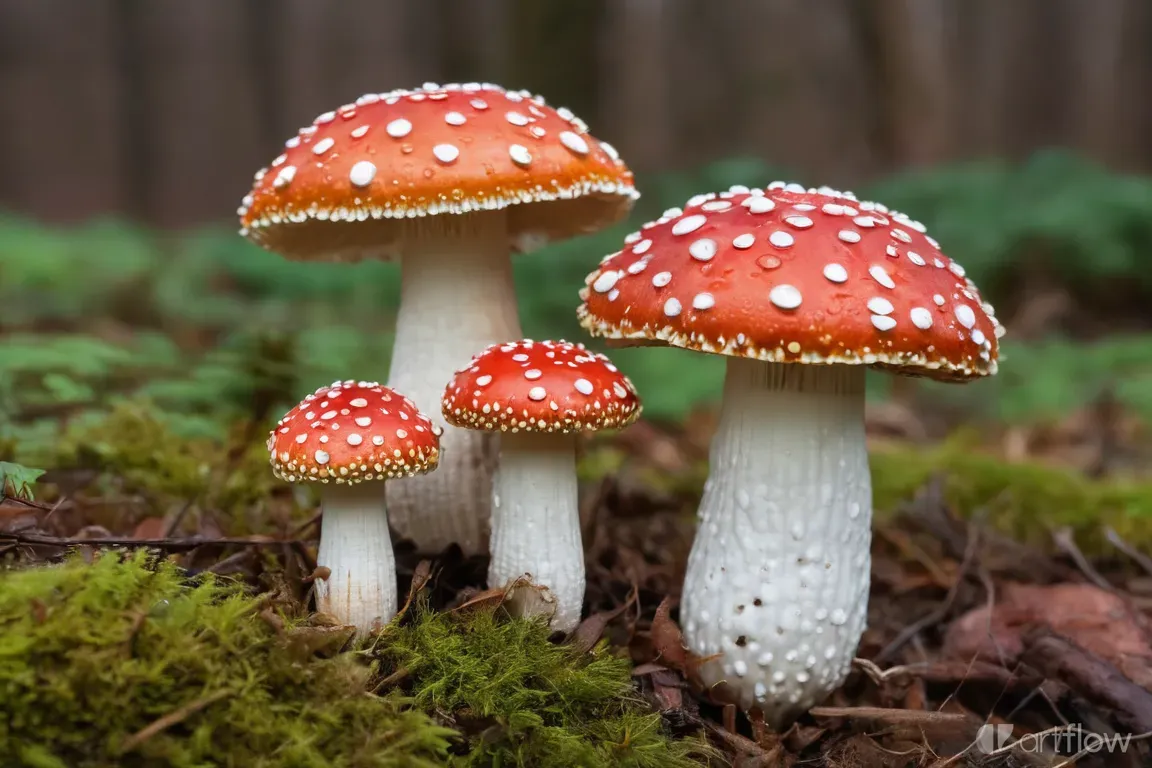(disclaimer:I'm not encouraging anyone to do anything with this post; I wrote it purely for educational purposes.)
I think I was about seven when I figured out Santa Claus wasn’t real. Around December 6th, we had a visit from Santa at school, and he brought a gift for every kid. When I got this beautifully hand-painted wooden box, it hit me: the style looked a lot like my mom’s!

(AI)
Even after that sad realization, we still celebrated with a fun surprise evening and some singing. Whether it was real or not, it was a yearly tradition—a time for the whole family to be together and show appreciation for each other.
One of the holidays we always celebrate is Christmas. Since I’d already gotten gifts from Santa, he didn’t visit our house. For me, Christmas was more about Christian traditions, and Santa was always kind of a vague character. I always thought the whole Santa story was a bit weird, like some overblown version of a winter figure.
Speaking of that, there’s also the whole Coca-Cola thing. People say the modern Santa was pretty much invented by Coke to sell their drinks. It’s true that Santa’s look—chubby guy with a big belly and rosy cheeks—was popularized by Haddon Sundblom’s illustrations for Coke in the early 1900s. But Santa was around long before that, just looking a bit different. Before Coke’s version, he was more like a skinny, dwarf-like dude who might’ve been a little creepy. But even back then, he rocked the classic red suit with the white fur collar and black boots, and of course, a big bag of gifts.
Now, where did this weird little man come from?
On this blog, I’m diving into the theory behind Santa Claus. I probably had it wrong all along, and Santa is way more interesting and psychedelic than I ever thought.
Amanita muscaria, the red and white spotted mushroom, often pops up when I’m in the woods. It’s not just cool to look at; it has a wild history with humans and deep ties to shamanism.
The word “shaman” comes from ancient Siberian cultures, like the Kamchadal and Koryak people. Shamans connected with the spirit world to get answers for their communities. When problems arose, like someone getting sick, the shaman could connect with spirits through drumming, taking psychedelics, meditating, or fasting. In Siberia, these ancient people used the power of the mushroom to help them enter a trance and get guidance from spirits.
The mushroom often grows under pine or fir trees and is linked to Santa’s story. A guy with a white beard and red suit (same colors as the mushroom) flying in a sleigh with reindeer, bringing joy and peace during cold winter days—it’s a pretty trippy story when you think about it. Especially considering it’s connected to other Christian holidays like Christmas. What does that biblical story have to do with a flying guy who leaves gifts under a pine tree?
But long before Christmas traditions, dark winters were filled with rituals and celebrations. These “pagan” festivals have been around for ages and still have a big impact on us. It was a time for coming together, singing, and dancing to ward off the cold and darkness (and the bad spirits with them).
One example is the Germanic Yule festival, celebrated around December 21st during the solstice.
There seems to be a strong link between Santa’s story and shamanism. Reindeer are great at finding Amanita muscaria and seem to enjoy eating them. These animals were sacred to Siberian people, who relied on them for food, clothing, milk, and transportation in those harsh environments. This close connection led to the strange phenomenon of the “reindeer trip.”
Flying reindeer might sound crazy, but if you consider that these people (and the reindeer themselves) were tripping on Amanita muscaria, it might make more sense, at least as a hallucination. Harvard biologist Donald Pfister suggests that shamans, after consuming Amanita muscaria, saw reindeer flying through the air during their journeys.
There’s also a link between the mushroom and flying. Various experiences and old stories describe the mushroom trip as making you feel like you’re floating.
So, was Santa Claus a shaman?
Siberian shamans would seek out Amanita muscaria, dry it, and distribute it to people. Just like Santa, they would go house to house in the winter, bringing warmth and good vibes.
According to researcher and anthropologist John Rush from Sierra College, Santa Claus is a modern version of a shaman who took mind-altering mushrooms to connect with the spirit world. They gave these mushrooms as gifts to people during winter celebrations.
Another point is where Santa lives. He’s at the North Pole, in a house full of elves who help him pack presents. To me, that’s a pretty psychedelic image and another connection to Siberia and shamanic customs.
The use of magic mushrooms by Siberian shamans is well documented. It’s said that after reindeer ate Amanita muscaria, its active ingredients stayed in their urine. People would drink this urine to experience the trip themselves, which also helped reduce side effects. Amanita muscaria is often classified as a toxic mushroom, with strong effects that can cause things like fainting, severe stomach pain, and vomiting.
Looking for a trip with Amanita muscaria?
If you’re after a psychedelic experience with mushrooms, Sirius’ Magic Truffle shop offers a range of legal products. We don’t sell Amanita muscaria or fly agaric mushrooms. You can find them in the wild, but a word of caution: the Amanita family includes deadly poisonous species like Amanita phalloides. Though the fly agaric looks stunning, it’s not recommended to pick it without some solid knowledge.
If you want to experience the mushroom’s flying effects, be ready for serious side effects, which can be reduced by, for example, drinking the urine of someone who consumed it. You can also lessen the toxins by drying the mushroom.
Questionable or Speculative Information:
Santa Claus as a Shaman: The idea that Santa Claus is directly linked to Siberian shamanism and Amanita muscaria is an interesting theory but remains speculative. While there are parallels, such as the red-and-white color scheme, the direct connection between Santa and shamanic practices is not supported by solid historical evidence. This theory is more of a modern interpretation rather than a well-documented historical fact.
Flying Reindeer and Amanita muscaria: The notion that reindeer might "fly" due to consuming Amanita muscaria is an extension of the psychedelic effects of the mushroom, which can cause hallucinations. However, this connection is speculative and is not widely accepted as a historical fact. The idea that shamans or others saw "flying reindeer" due to mushroom consumption is more of an interesting hypothesis rather than proven truth.
Urine Consumption for Psychedelic Effects: There are indeed historical accounts suggesting that some people in Siberian cultures drank the urine of those who consumed Amanita muscaria to experience the psychoactive effects second-hand. This practice is documented, though it might sound strange to modern readers. However, the suggestion that this practice reduced side effects or was a common ritual tied to Santa Claus is more speculative and not universally accepted as fact.

(AI)